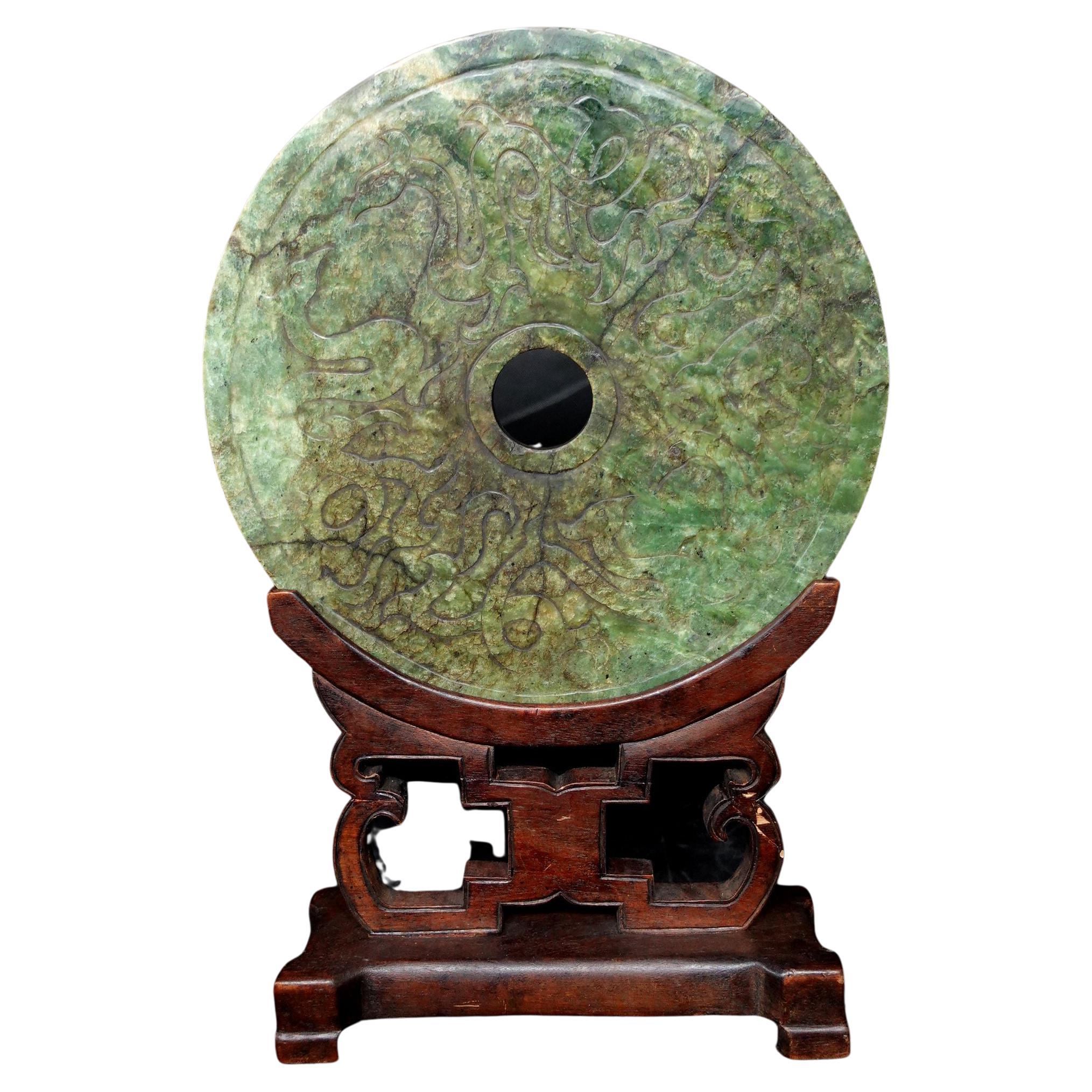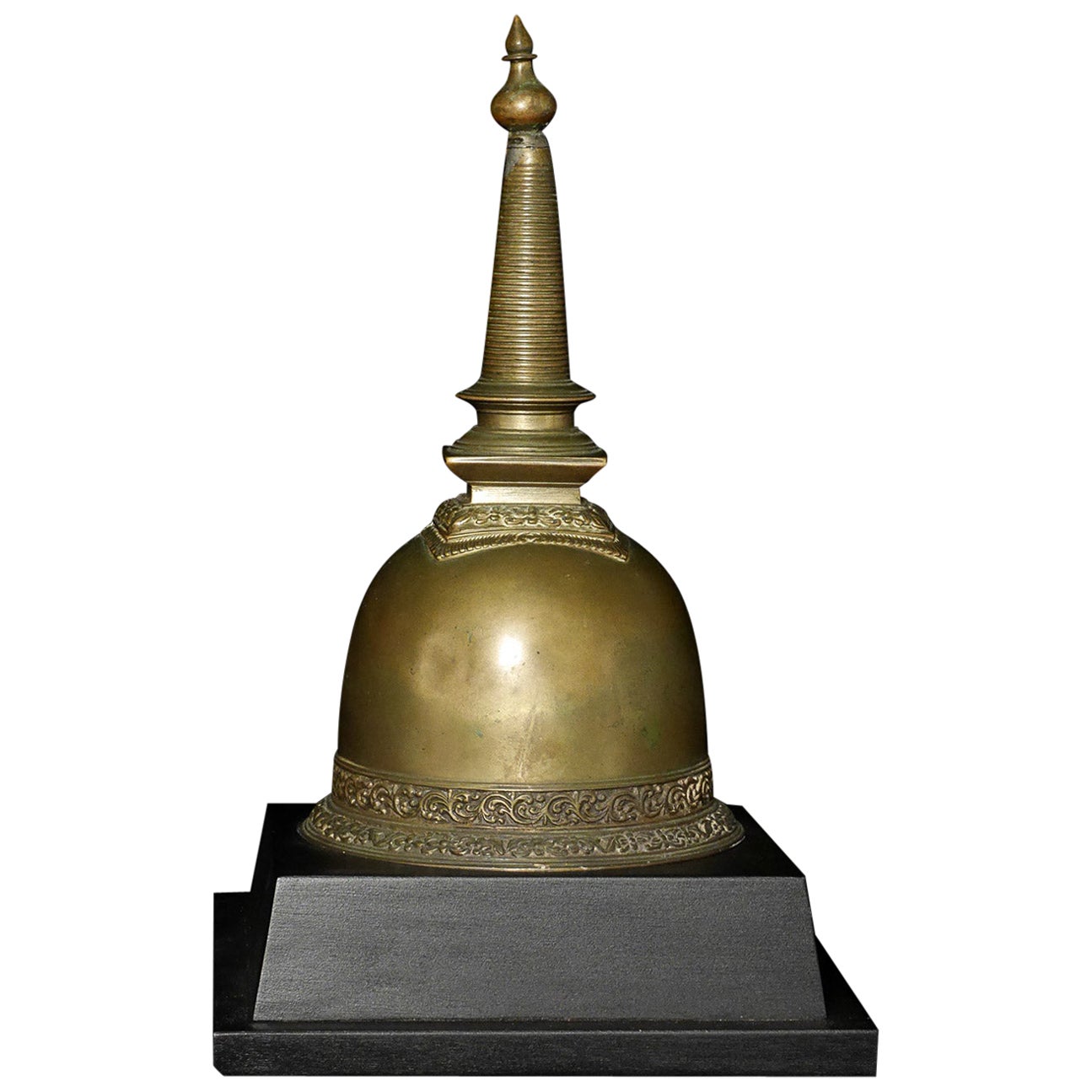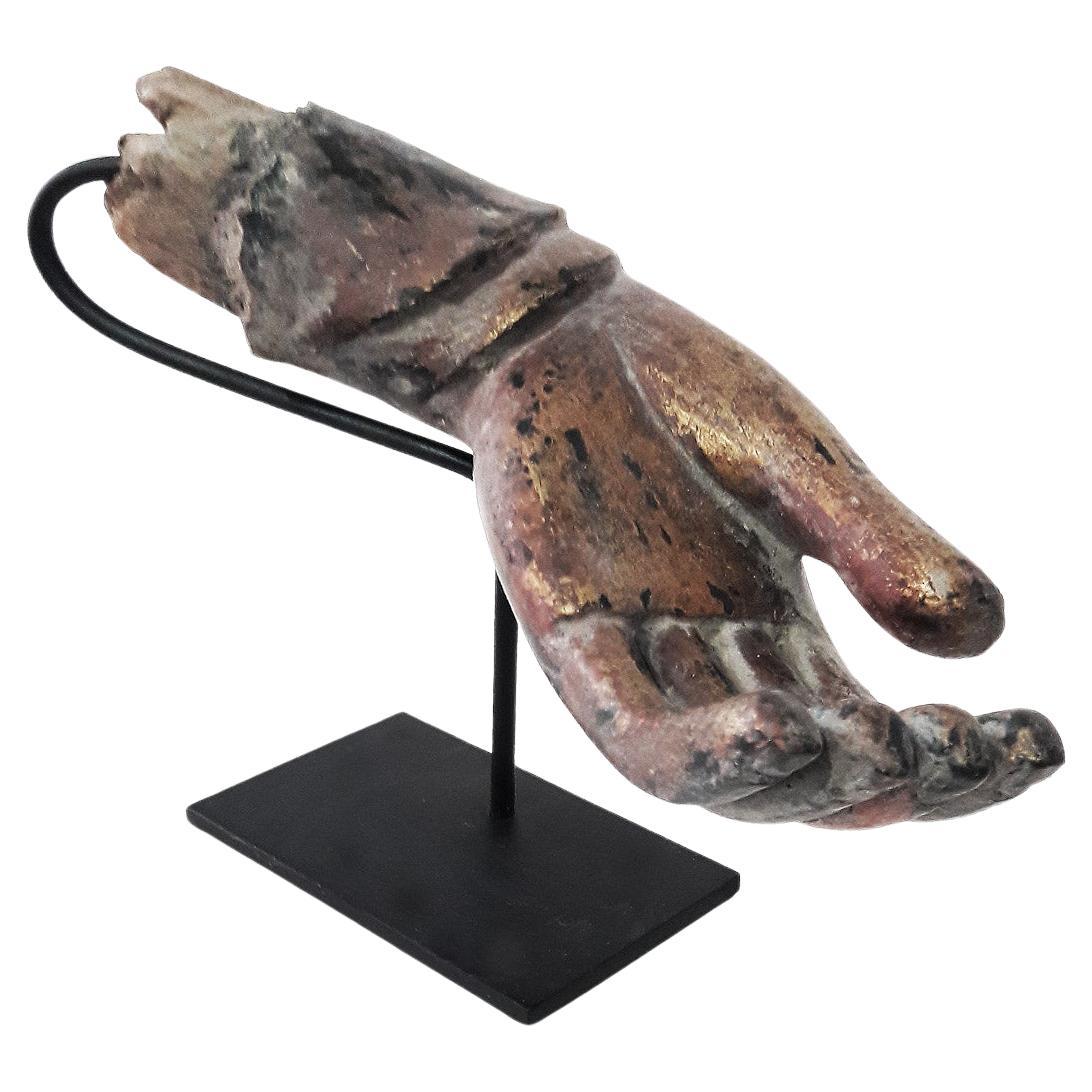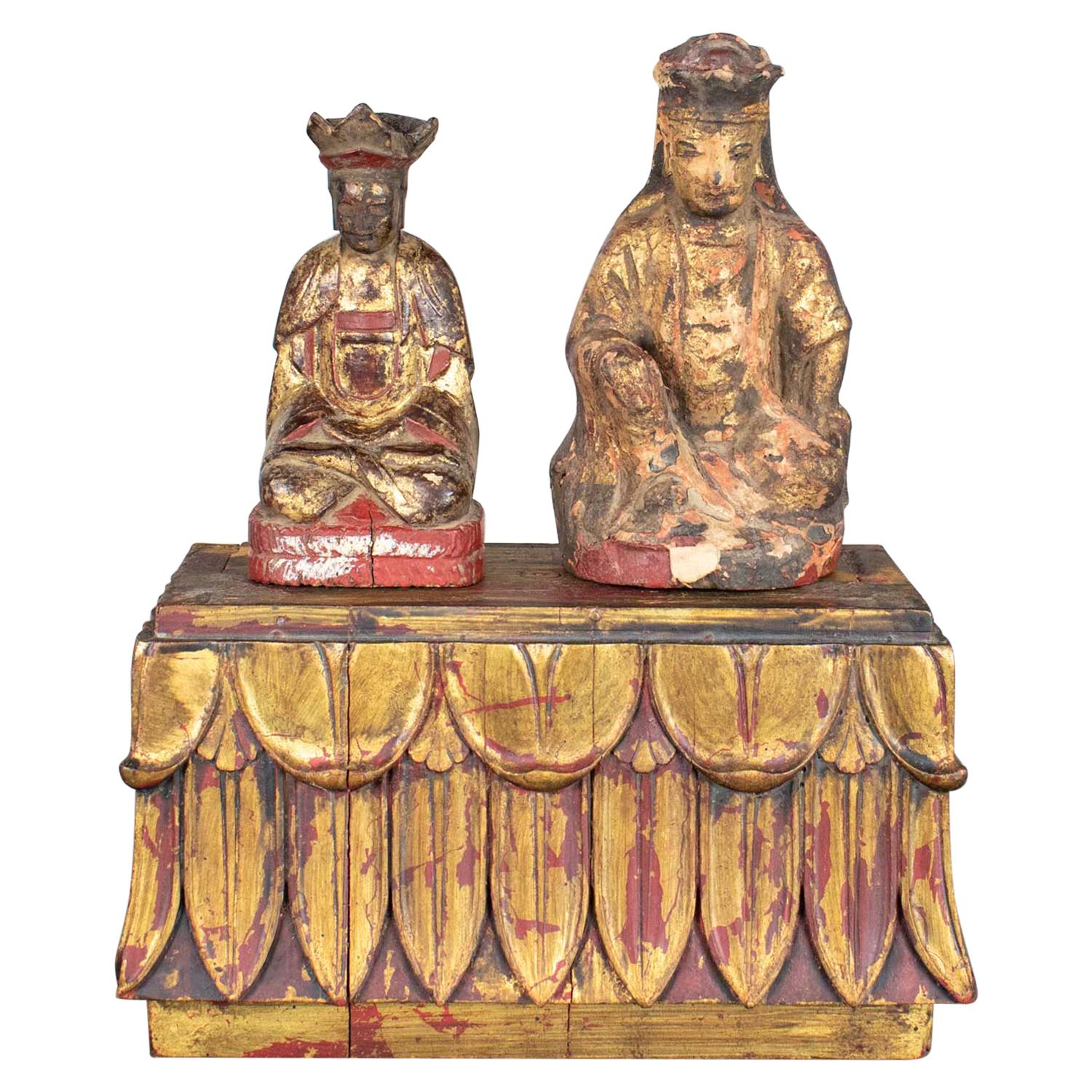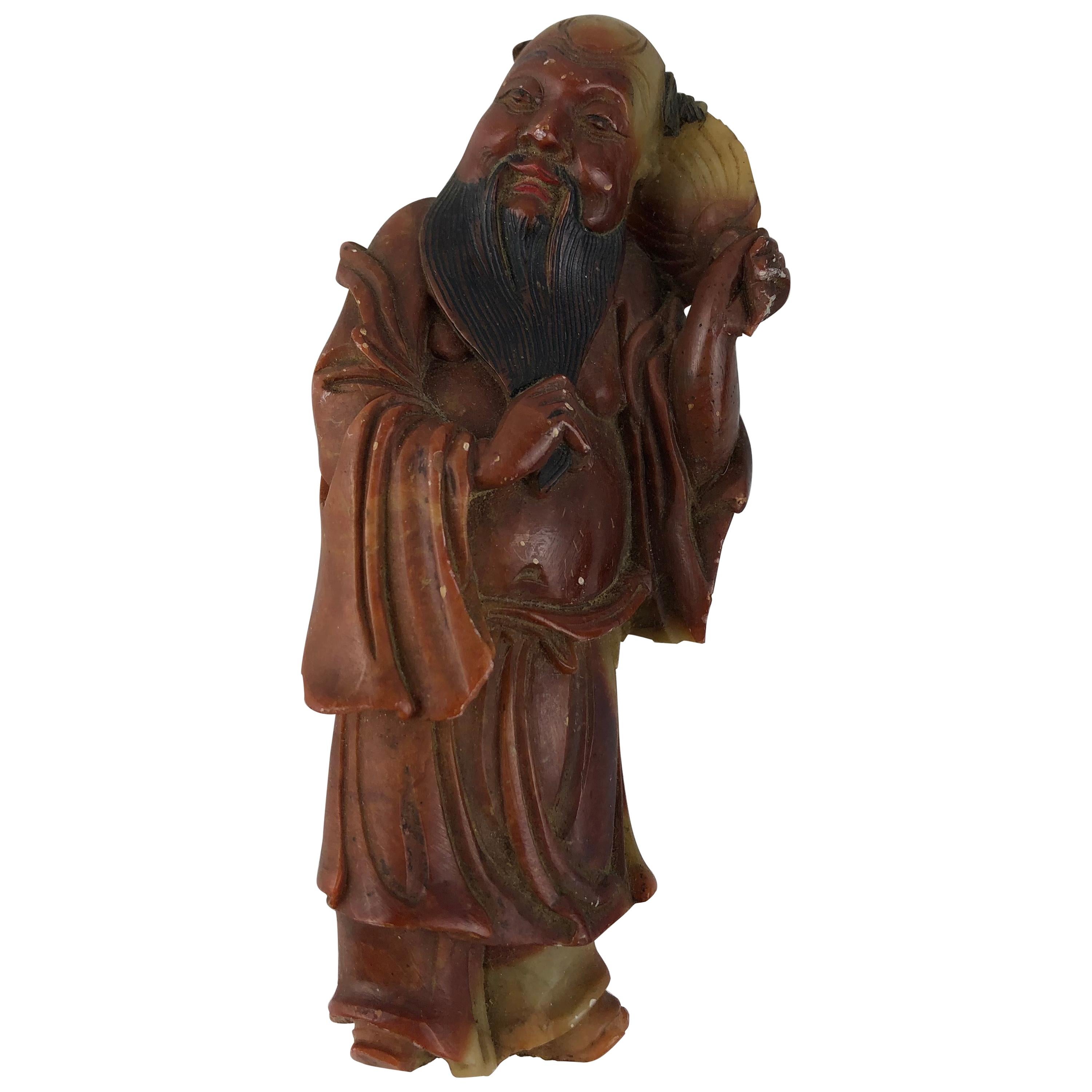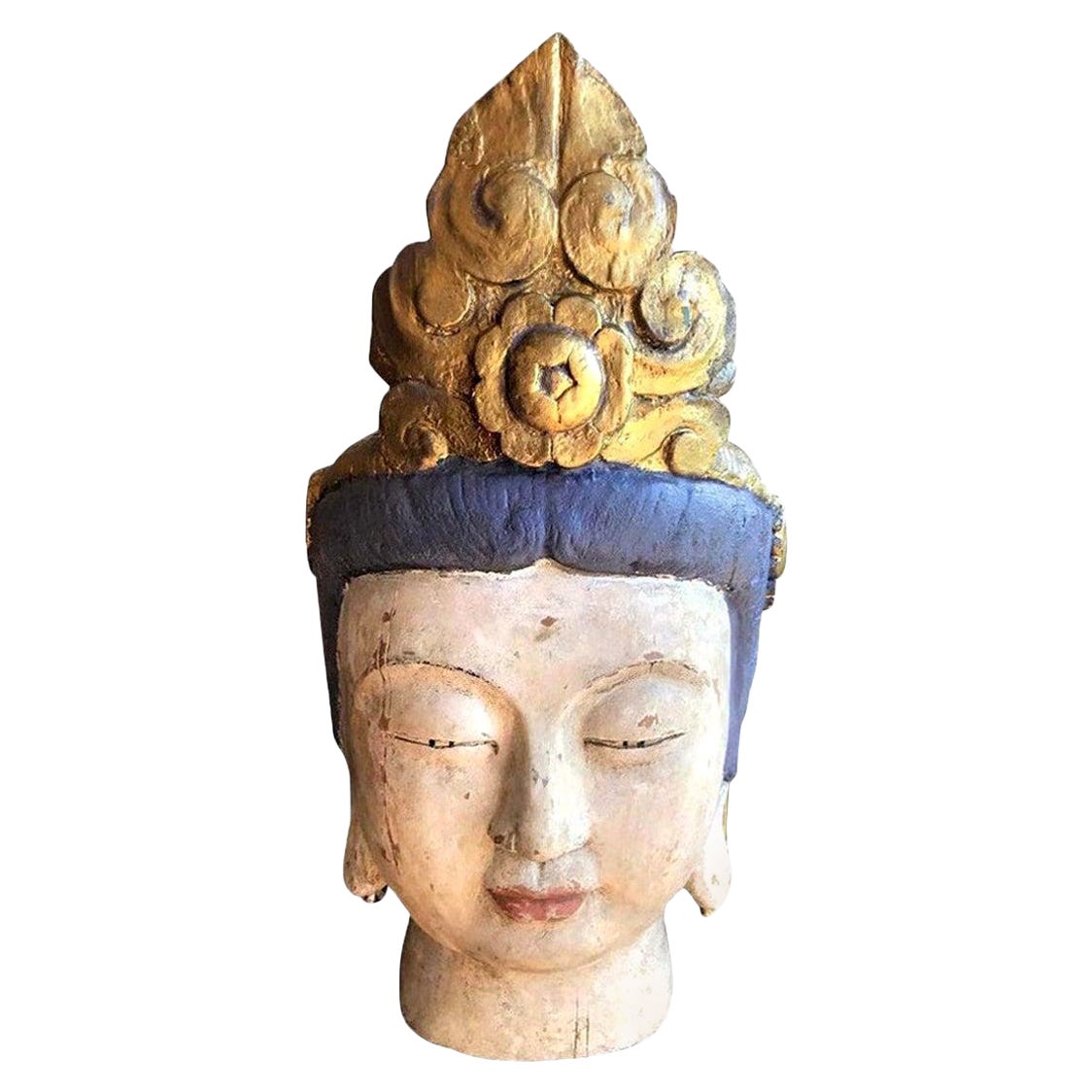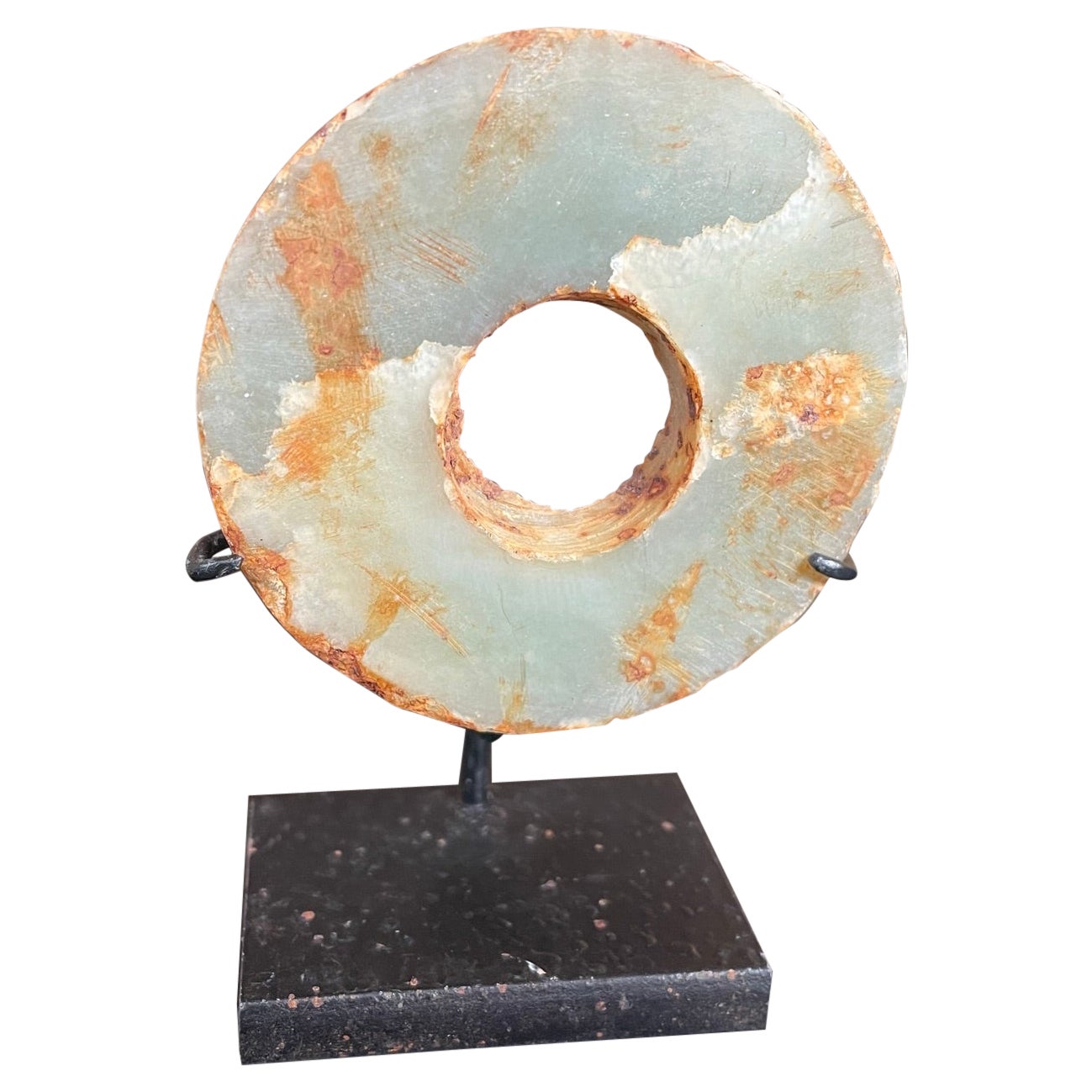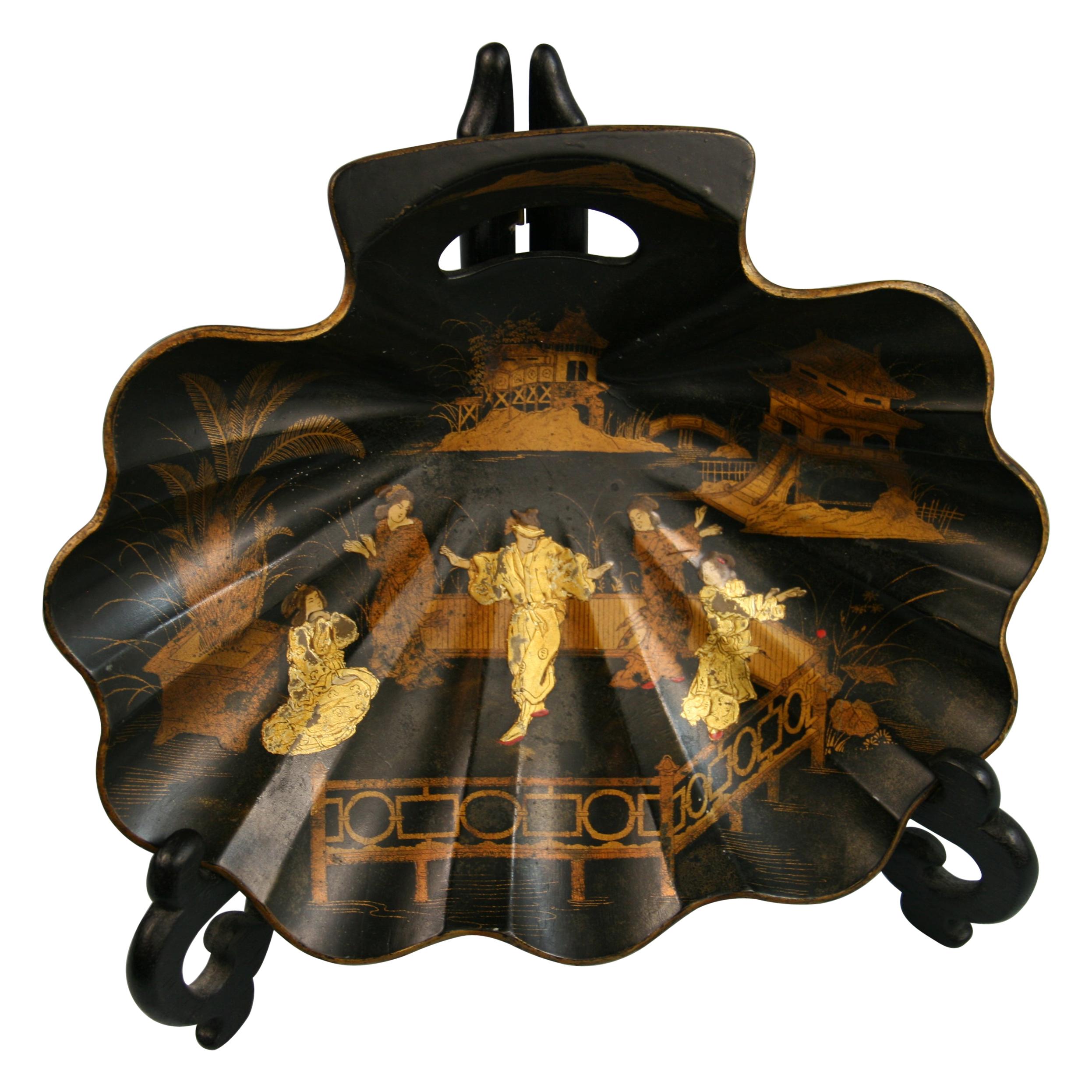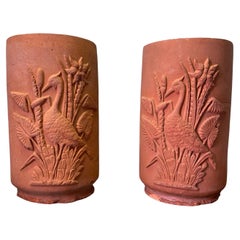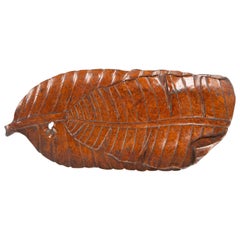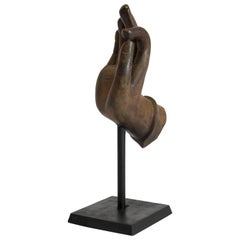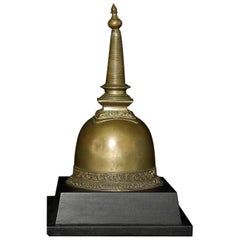
Hand Turned Post Modern Kauri Comport or Stand, 1990s
View Similar Items
Want more images or videos?
Request additional images or videos from the seller
1 of 14
Hand Turned Post Modern Kauri Comport or Stand, 1990s
About the Item
- Dimensions:Height: 3.55 in (9 cm)Diameter: 9.45 in (24 cm)
- Style:Organic Modern (In the Style Of)
- Materials and Techniques:Wood,Turned
- Place of Origin:Australia
- Period:1990-1999
- Date of Manufacture:1995
- Condition:Wear consistent with age and use. Good condition with some minimal scuffs and signs of wear. A small dent on the edge of the foot, illustrated in photos, second last image. One small pinhole sized indentation on top surface, one on edge, also illustrated final image.
- Seller Location:Melbourne, AU
- Reference Number:1stDibs: LU2656324499792

About the Seller
5.0
Gold Seller
These expertly vetted sellers are highly rated and consistently exceed customer expectations.
Established in 2013
1stDibs seller since 2017
138 sales on 1stDibs
Typical response time: 1 hour
More From This SellerView All
- Extra Large Rattan Split Cane and Ply Fruit Basket, circa 1960Located in Melbourne, AUExtra large, beautifully shaped midcentury rattan split cane fruit basket. Constructed of recycled plywood and rattan cane by an unknown designer. Possibly made in the Philippines in...Category
Vintage 1960s Philippine Organic Modern Decorative Baskets
MaterialsRattan
$392 Sale Price30% Off - Huge Kaneaki Fujimori Collection Art Glass Platter Kato Kogei Japan, 1985By Kato Kogei, FujimoriLocated in Melbourne, AUJust wow! A huge, gorgeously colourful Kaneaki Fujimori platter. This will display equally well standing, hanging or flat (we prefer it flat because this emphasises the generous size). We love the shocking white of the background which makes the colours pop. We love the smooth gloss of the glass. We love the slightly off-kilter and ovoid shape. It’s a total winner! Kaneaki Fujimori for Kato Kogei 1980s - a classic piece of Japanese postmodern Art Glass. Signature etched to base and original sticker also attached. Red, Green, Yellow and Black are swirled through clear glass, over a milky-white background. Delicious and punchy. Not for the faint-hearted decorator. This piece is loud and assertive. Delightful and fun, with extravagant size and a glossy smooth finish to reflect light and attract the eye. There are some natural flaws which we’ve tried to illustrate in images. These include numerous small bubbles, mots and blemishes. The images are an example, with match-head for scale. Comes with a lucite stand to raise the plate a little higher off surfaces if desired. Kaneaki Fujimori is one of Japan’s preeminent artists and designers of the 20th century. Fujimori was born in Japan in 1935, graduating college in 1956. He majored in oil painting. He travelled to the US and worked in Chicago, Illinois, as a designer for a major ceramics firm. He returned to Japan in 1963, and became a freelance designer for various companies in Nagoya. At age 19, he had won the national art award (for painting) in Japan. Many other awards followed through the 1980s. At the time of the production of this work, he was the director of Kato Kogai, a ceramics and glassware company which was a major supplier to the international market during the 1980s. Reference to his work can be found in the book ‘1950s Then and Now’ by Richard Horn, a publication from the 1980s which compares original 1950s design with new 1980s design done in the 1950s style. He is most well known outside Japan for his lively 1980s ceramics...Category
Vintage 1980s Japanese Post-Modern Platters and Serveware
MaterialsArt Glass
- Pair Rare John Campbell Terracotta Chinoiserie Planters or Umbrella StandsLocated in Melbourne, AUAn exceptionally rare pair of John Campbell planter pots. The design is attributed to John Cambell's son, Rupert John Campbell. John Campbell produced decorative pots at his brick works and pottery in Launceston, Tasmania from 1880 until 1975. Rupert John inherited his father's works and was a skilled artisan and potter. He developed presses for decorative pottery. This beautiful pair of jardinières likely date to the early 1900s. They were passed down through three generations. The original owner gave them to her son. In the 1980s the (then elderly) son gifted them to a friend (the last owner before this sale). At the time they received them they were made aware of their age and rarity. Now, another forty years later, they are potentially the only pair in existence. Only one similar John Campbell un-glazed terracotta 'umbrella stand' can be found on record. It was sold in 2008 in Tasmania, at a 'Fine Colonial Decorative Arts' auction run by Mossgreen Auctions, a reputable auction house, though since closed. I can find no other reference to this model, except an acknowledgement of the existence of an un-glazed terracotta umbrella stand, in the definitive record of Campbell's work by Kevin Power, 'John Campbell Pottery: Recollections and Collections' published 2014. These are of the same design and size but were manufactured with drainage holes in the base. They were clearly decorated using a press but the clay slabs were pushed into the press by hand. The interior of each pot shows the marks of hammers used to force the clay into the face of the press pattern. They have a hand-crafted appearance, with hand finished mould lines to each side and there are pressing faults apparent in various areas of the pattern. Tasmania was notably independent in production of most household goods, due to the isolation of the colony right up until the turn of the 19th century. Being at the farthest reaches of the British Empire, settled as a penal colony, with a relatively low consumer population, it was not a market for the high-volume import of domestic goods. As a consequence, household wares and decorative pieces produced in Tasmania through the 19th century represent a wholly independent category of Australian colonial design, production and craft. These pots are highly collectable and scarce artifacts of one of Tasmania’s earliest industries. In aesthetic terms, many Tasmanian artifacts are notable for following British, Georgian and Victorian fashions but with a colonial character of their own devising. Local characteristics became a stronger feature of Tasmanian decoration over time. Note the classical Georgian/Victorian chinoiserie motif of a bird foraging among rushes. In this case, the local interpretation depicts a Brolga (the largest Australian wetland bird) foraging amongst native Australian reeds and water lilies. Another of the things that sets early Tasmanian artifacts apart is the way in which necessity forced artistic production in pottery to be less refined than that of their British counterparts. A broad range of products had to be produced to meet local requirements, often by a single producer. John Campbell’s pottery is a great example of this practical necessity. It produced everything from industrial drainage pipes and bricks to household pottery and decorative items, all from a relatively small family run factory. Their domestic wares were so well trusted and appreciated that they by the 1940s they made their way all over the mainland of Australia. Under these circumstances, the refinement of decorative technique was not as great a priority as utility, consistent quality of production and durability. As a consequence, Australian colonial works and their early 20th century descendants such as these pots, are hugely appealing. They have an idiosyncratic and vernacular appearance, with British and European stylistic trends of their day overlaying a base of inventiveness, local interpretation and sturdy functionality. We hope you can appreciate the rarity and significance of this well-preserved pair of planter...Category
Vintage 1930s Australian Chinoiserie Planters, Cachepots and Jardinières
MaterialsTerracotta
- Large Earthenware Studio Pottery Willow Plate or Bowl After David Leach 1970sBy David LeachLocated in Melbourne, AUA very attractive bowl, plate or platter, dating to the 1970s. It has all the elements of a David Leach work - the willow motif, high quality earthenware, decorated using the wax res...Category
Vintage 1970s Unknown Organic Modern Decorative Bowls
MaterialsEarthenware
- Large Marine or Ship Painting after Hans Bohrdt 1930s Original Solid Oak FrameLocated in Melbourne, AUAn imposing, muscular impasto oil on board, unsigned, after Hans Bohrdt (1854-1945), in original period solid Oak picture frame. We love this painting for it’s dramatic scale and...Category
Vintage 1930s Australian Mid-Century Modern Paintings
MaterialsOak, Masonite, Paint
- Clear Bubble Glass Decanter Signed Julio Santos 1970s Hand Blown BrutalistLocated in Melbourne, AUAustralian-Portuguese glass artist Julio Santos was an expert in his craft. This decanter is a lovely example of his work. Signed 'J. Santos' to the base ...Category
Vintage 1980s Australian Brutalist Glass
MaterialsArt Glass
You May Also Like
- Japanese Carved Burl Banana Leaf TrayLocated in Hudson, NYMeiji period (1868-1912) beautifully carved tray in the shape of a folded banana leaf, so the viewer can appreciate both sides of the leaf from a single va...Category
Early 20th Century Japanese Meiji Sculptures and Carvings
MaterialsBurl
- Large Cast Bronze Buddha Hand Sculpture on StandLocated in North Hollywood, CAOversized cast bronze Buddhist hand mounted on a black wooden stand and is covered with a great patina. A vintage oversized Thai bronze sculpture...Category
Mid-20th Century South Asian Folk Art Sculptures and Carvings
MaterialsBronze
- 17/18thC or Earlier Sri Lankan Stupa Turned Bell, 7918Located in Ukiah, CA17/18thC or earlier Sri Lankan Stupa turned bell is 9.75 inches tall, 11.5 inches on custom Stand. Clapper (may have been added later) is a bit too long for bell to sit flat, so Stan...Category
Antique Early 17th Century Sri Lankan Antiquities
MaterialsMetal
- Mid 19th Century Buddha Hand on a StandLocated in New York, NYOnce an original part of a Mid-19th Century Buddha wood sculpture from Thailand, this reclaimed hand fragment is lacquered in black and gold, showing the...Category
Antique 1830s Thai Other Sculptures and Carvings
MaterialsWood
- Hand-Carved Wood Medicine Container from Indonesia, on standLocated in New York, NYA herb / medicine container, in the style of the Batak ethnicity of Borneo, Indonesia. Hand-carved in Suar wood (Samanea Saman), stained in a rich reddish-brown color. The lid has a ...Category
1990s Indonesian Tribal Sculptures and Carvings
MaterialsWood
- Chinese Hand Carved Jade on Wooden Stand, Ric070Located in Norton, MAChinese hand carved Jade on wooden stand. The Jade disc measures approximately 12 inches in diameter. Height including a wooden stand is appro...Category
Antique 19th Century Chinese Other Sculptures and Carvings
MaterialsStone, Jade
